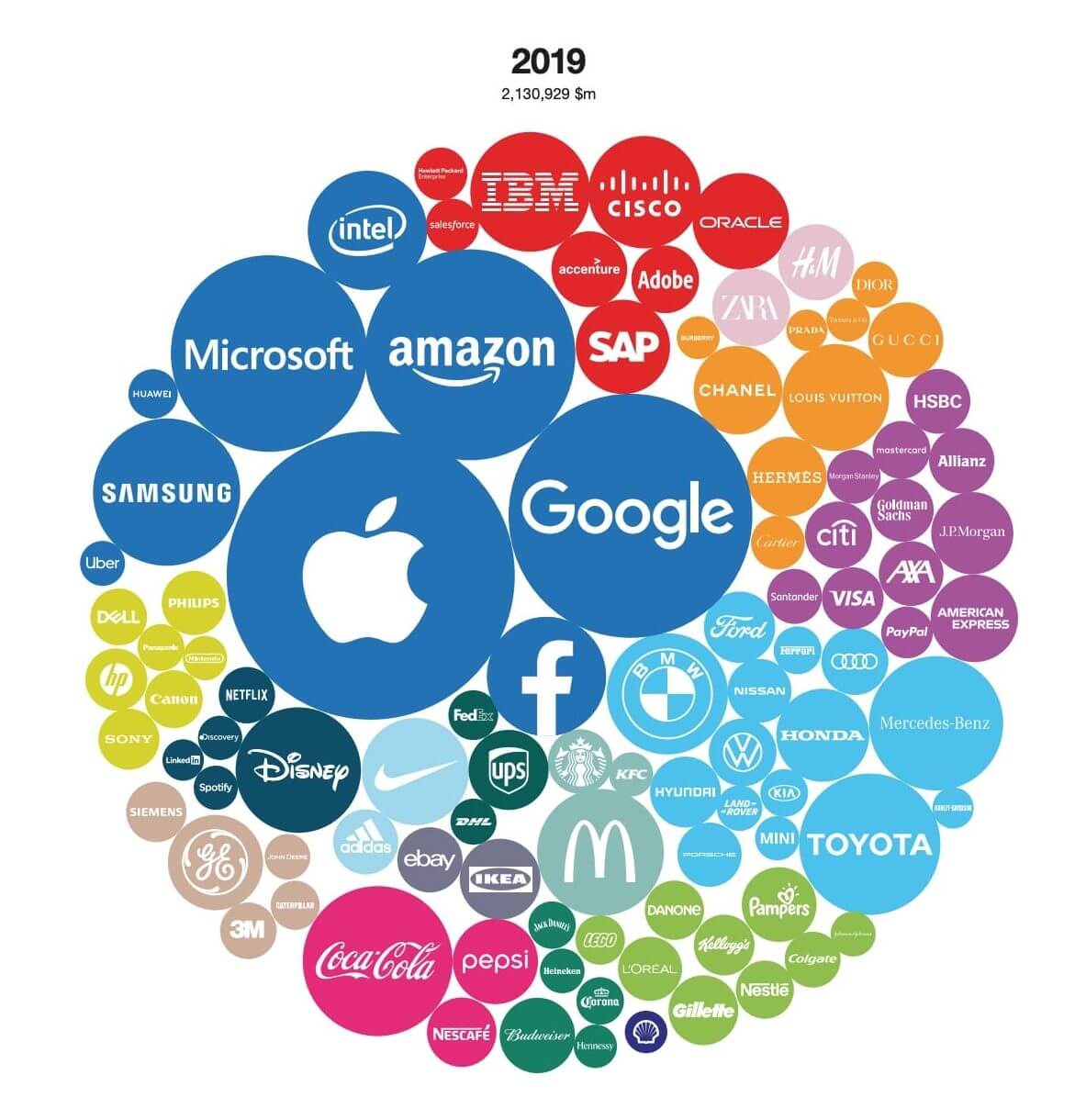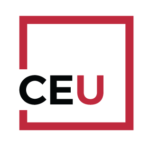How do you know when your brand portfolio has too many variants? In my opinion, the answer is that it’s when you can’t answer that question! Can you?
One of the most popular evergreen posts on C3Centricity is “The Beginners Guide to Brand Portfolio Management.” It seems that we all suffer from a deep-rooted fear of managing and reducing our brand portfolio, especially when it includes many historic or regional variants.
That is why I decided to write about these best-kept secrets in portfolio management, which even large corporations are not always aware of!
MORE IS RARELY BETTER!
We live in an over-abundant world of consumer choice, but more is rarely better. The paradox of choice is a powerful concept popularised by Barry Schwartz.
It states that people actually feel freer when they are given fewer choices. Have you never ended up walking out of a store without the purchase you had planned, because you had been faced with too many choices? I know I have – often!
It is said that the limited choice offered in hard discounters is one of the reasons for their success. It appears that it’s not only about lower prices.
Retailers such as Aldi and Lidl present just one or two brands of each category they stock, in addition to their own brand. The branded products they do sell are almost always the cheapest offering the brand has or one of their older versions that are no longer very popular. And they are usually at the same price if not even higher than in normal supermarkets!
More than fifteen years after the first research on which Schwartz based his theory was conducted, new studies have given some alternative perspectives on choice. They claim that large assortments are not always a bad thing. In the study by Gao & Simonson, they propose that many factors were forgotten in Schwartz’s original study.
You can read the full findings of this latest work in Neuromarketing. What I found of particular interest in this article, being the customer champion that I am, is that they conclude by saying that it all depends on understanding your customer – doesn’t everything?! Their summary findings state that:
“In certain situations (when the ‘whether to buy’ decision comes before the ‘which option is best’ decision) a large assortment CAN increase purchase likelihood. Especially in eCommerce, it is possible to reap the benefits of a large product assortment, while helping customers make choices?”
In other words, the online searches that we all now perform before purchasing many articles will benefit from a wide selection of offers. Once we decide to buy, a large choice can become a barrier to the final purchase.
Although Schwartz’s original book was published in 2006, he more recently commented on consumers’ current choices in “The Paradox of Expanded Choices.” He concludes the article wistfully by saying:
“We can imagine a point at which the options would be so copious that even the world’s most ardent supporters of freedom of choice would begin to say, “enough already.” Unfortunately, that point of revulsion seems to recede endlessly into the future.”
Now I for one really enjoy shopping because I am always on the lookout for the latest introductions and innovations. For the more ordinary shopper, it looks like we need to help their decision-making by reducing the complexity of the task.
One requirement to achieving success is clearly a deep understanding of your customers so that you can offer the best selection of variants to consumers in each region, if not by individual store. As I have so often mentioned (and sorry if I am boring you with this) it all comes back to knowing and understanding the customer. Simple really!
CORPORATIONS ARE BRANDS TOO!
Brand management is essential to a healthy business, but marketing has one of the quickest promotion ladders of many professions. That’s great news for marketers, but less so for brands. Why? Well, because marketers want to make an impression and get that promotion as quickly as possible. And one of the easiest ways to do this is by launching a new brand or variant.
Coming back to the leading consumer brands from the Interbrands list, all top ten excel in brand portfolio strategies that are precisely differentiated, clearly targeted and well communicated.
David Aaker wrote an article on L’Oreal a few years ago that explains the above theories very well. Even if it’s from December 2013, not much has changed and it still makes a great read; highly recommended.
I believe that most brands with tens or hundreds of variants in a market, are being managed by lazy marketers. People who don’t have the courage to manage their brands effectively by regularly trimming their poorest performers. They must face up to the lack of success of some of their “babies”.
Are you one of these marketers? What’s your excuse? I’d love to hear your reasons for keeping all your SKUs.














